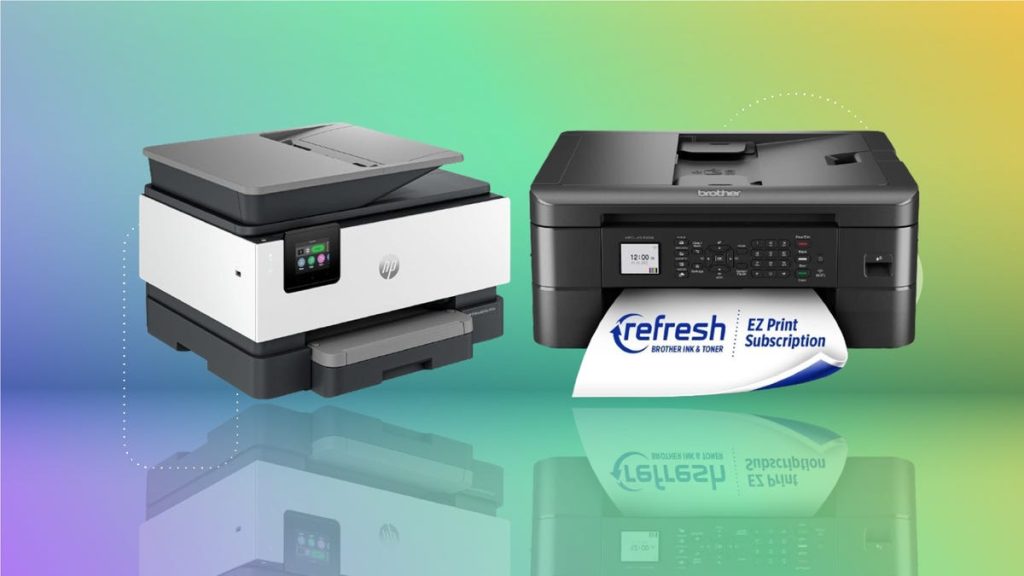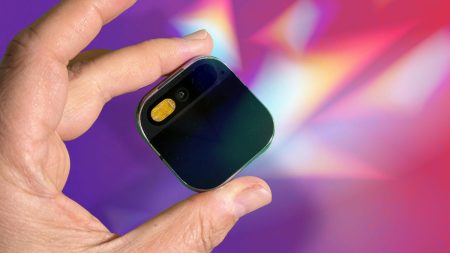CNET’s expert team, boasting over 25 years of experience, rigorously tests and evaluates numerous products monthly, including a wide array of printers. Their comprehensive testing methodology provides valuable insights into the performance and capabilities of various printer models, helping consumers choose the perfect device for their specific needs. One key takeaway from their expertise is the importance of identifying the primary printing tasks before purchasing a printer. The “all-in-one” label can be misleading, as few printers truly excel in every function. Understanding the intended use, whether it’s printing documents, photos, or labels, is crucial for a satisfying purchase. Additionally, CNET emphasizes the significance of considering ink costs, not just the initial printer price. Ink expenses can quickly accumulate, making it essential to factor them into the overall budget.
While printer demand has decreased, their utility remains undeniable, particularly for home offices and families. A reliable printer can streamline workflows, facilitate homework assignments, and eliminate the frustration associated with last-minute printing needs. CNET’s rigorous testing process simplifies the daunting task of selecting a printer from the vast market. Their experts evaluate dozens of models concurrently, focusing on essential features like mobile and wireless printing compatibility with PCs, Macs, and Chromebooks. Connectivity options, including cabled and wireless connections, are also examined. Support for protocols like Apple AirPrint and Google Cloud Print, which often offer a more seamless user experience than proprietary systems, are also considered.
CNET’s printer reviews cover a broad spectrum of devices, ranging from standard inkjet and laser printers to specialized thermal label, sublimation, and DTF (Direct-to-Film) printers. This diverse selection ensures that users can find the ideal printer for their unique requirements. For small home offices with one or two users, CNET recommends the HP OfficeJet Pro 9125e as the best overall choice. Its impressive print speed, crisp text quality, and decent image output make it a versatile option for everyday printing tasks, though its photo printing capabilities are not its strongest suit. The Epson Workforce Pro WF-4830 stands out for its high-volume text printing capabilities and large paper capacity, making it suitable for shared use. However, its ink cartridges are relatively small, requiring more frequent replacements.
For budget-conscious users, the Canon Pixma TR4720 offers a surprisingly good balance of performance and affordability. While not exceptional in any single area, it delivers satisfactory results across the board, particularly in color reproduction on glossy paper. For specialized printing needs, CNET highlights the Nelko thermal printer for its speed and efficiency in printing shipping labels, a valuable tool for online sellers. The Brother SP1 sublimation printer is praised for its user-friendly operation and affordability, making it a good entry point into sublimation printing. The Brother MFC-J1010DW offers a good all-around performance at its price point, delivering sharp text, clear photos, and decent graphics, although its small ink cartridges are a drawback.
Beyond the top recommendations, CNET also assesses other printers that didn’t quite make the cut or have been superseded by newer models. This includes the Sawgrass SG500 sublimation printer, which, despite its larger ink well, is outweighed by the Brother SP1’s superior value. The Munbyn thermal printer, while performing well in printing, is hampered by its unreliable app connectivity and higher price compared to competitors. CNET underscores the importance of aligning printer choice with printing needs and budget. For occasional printing of simple documents or tickets, prioritization should be given to print speed and affordability. For professional materials or photo printing, color accuracy, print quality, and features like borderless printing should be the primary considerations.
CNET’s updated printer testing methodology reflects the evolving landscape of printing technology, moving beyond outdated considerations like fax capabilities and focusing on modern usage patterns. Print and copy speeds are assessed using a standardized test document with varied font sizes and types. Webpage and brochure printing is evaluated using real-world scenarios like printing resumes and online tickets. Receipt scanning is tested using a simulated expense report scenario. Image quality is analyzed using the industry-standard PhotoDisc Target file, assessing aspects like skin tone accuracy, chromatic aberration, and stippling. This comprehensive approach ensures that CNET’s printer recommendations are relevant and reliable for today’s users. Furthermore, CNET provides guidance on ink subscriptions, outlining their benefits for high-volume users and advising caution for those with lower printing needs. The overview of different printer types, including laser, inkjet, sublimation, and thermal, helps consumers understand the strengths of each technology. Finally, CNET offers a general price guide for home printers, ranging from budget-friendly options under $150 to high-end models exceeding $700, with the sweet spot for all-in-one printers typically falling between $200 and $300.










